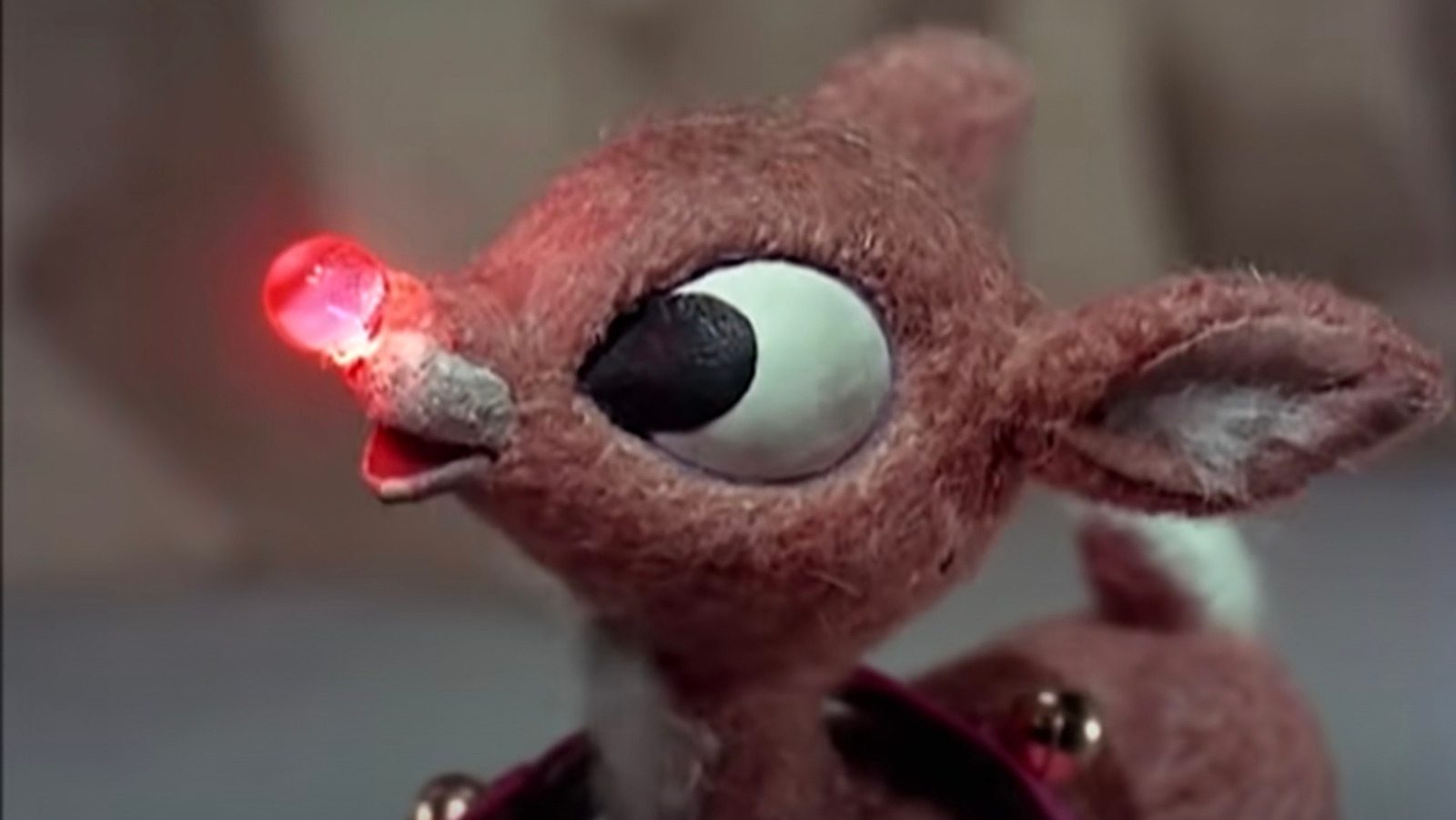
Rediscovering Rudolph The Red: An Enduring Holiday Tale of Acceptance and Diversity
Introduction
Rudolph the Red-Nosed Reindeer, first introduced in 1939, has become an enduring holiday classic, enchanting generations with its heartwarming message of acceptance and diversity. However, in recent years, the beloved tale has sparked both praise and criticism, prompting us to critically examine its complexities.
The Message of Acceptance and Diversity
Rudolph’s red nose, once a source of ridicule, eventually becomes a symbol of pride and acceptance. Through Rudolph, the story teaches children about the importance of embracing differences and treating others with kindness, regardless of their appearance or any other perceived flaws.
Example: The 2021 film “Rudolph the Red-Nosed Reindeer: The Movie” features a diverse cast of characters, including a reindeer with dwarfism, a transgender character, and a character who uses a wheelchair, further reinforcing the message of acceptance and inclusion.
Criticisms and Re-interpretations
Despite its positive message, Rudolph has also faced criticism for its portrayal of gender and race. Some argue that the female reindeer characters are often portrayed as subservient to the males, and that the story lacks representation of non-white characters.
Criticism: The original song “Santa Claus is Comin’ to Town,” which often accompanies the Rudolph story, includes the lyrics “He knows when you’ve been bad or good, so be good for goodness’ sake.” Critics argue that this promotes a culture of fear and surveillance.
In response to these criticisms, the story has been re-interpreted in various ways. Some adaptations have introduced more diverse characters, while others have explored the themes of acceptance and diversity in greater depth.
Example: The 2018 film “Rudolph the Red-Nosed Reindeer: A New Adventure” features a female protagonist named Sparkle, who challenges gender norms and proves that she is just as capable as the male reindeer.
Cultural Impact and Legacy
Beyond its entertainment value, Rudolph has had a significant cultural impact. The character’s red nose has become a symbol of acceptance and diversity, appearing in numerous products and campaigns. Additionally, the story has inspired spin-offs, merchandise, and even a Broadway musical.
The story also serves as a reminder of the importance of embracing individuality and respecting differences. By promoting these values, Rudolph continues to play a positive role in shaping the hearts and minds of children and adults alike.
Conclusion
Rudolph the Red-Nosed Reindeer is a complex and enduring holiday tale that continues to resonate with audiences of all ages. While its message of acceptance and diversity remains timeless, it is important to acknowledge and address the criticisms that have been raised. Through re-interpretations and adaptations, Rudolph can continue to evolve as a symbol of inclusion and a reminder that we are all worthy of love and respect.
